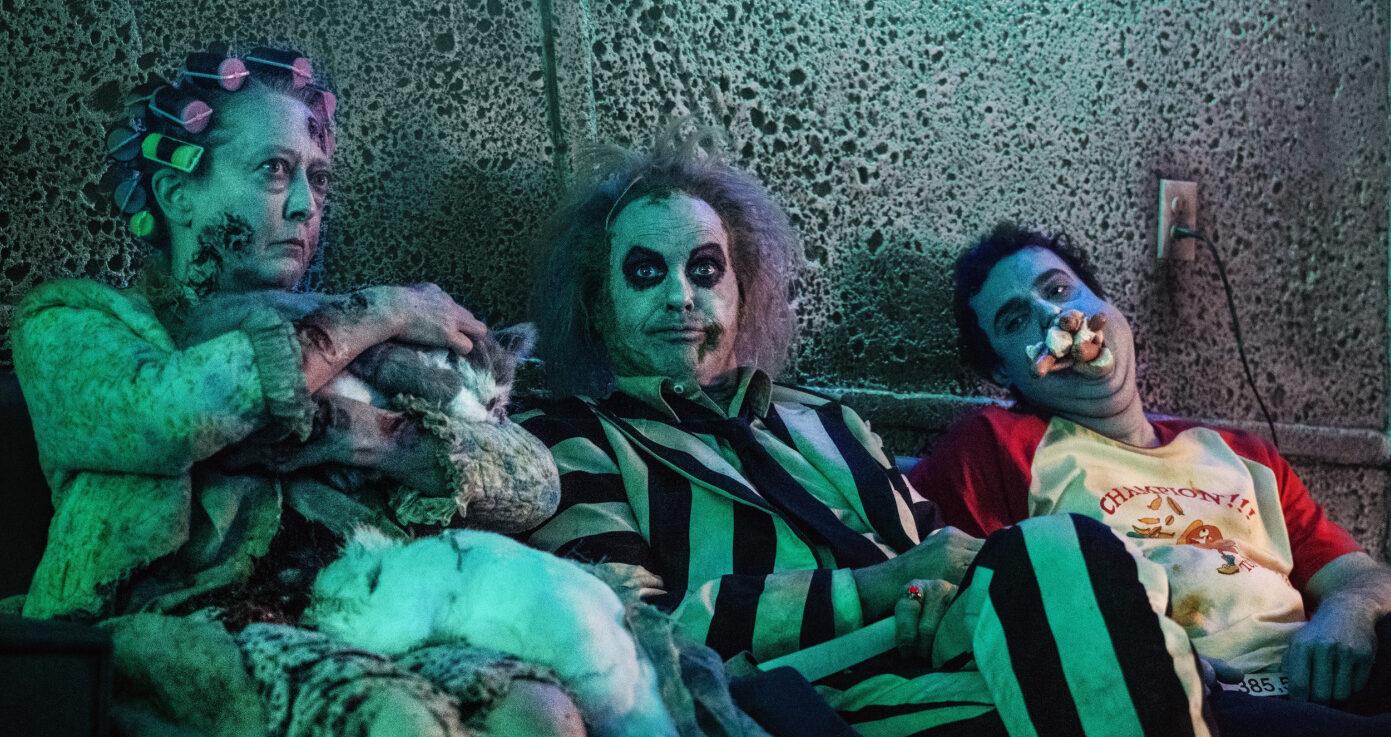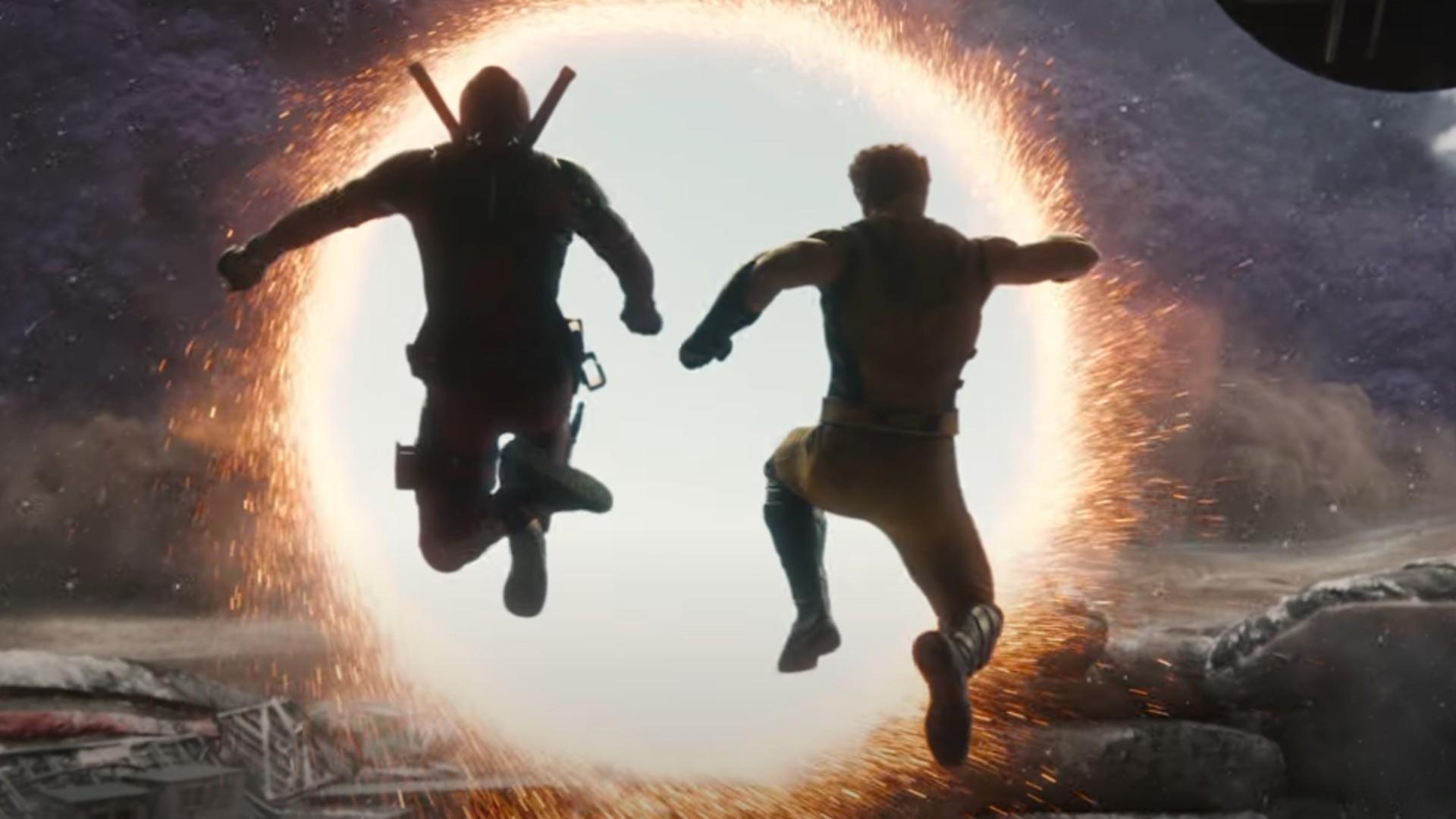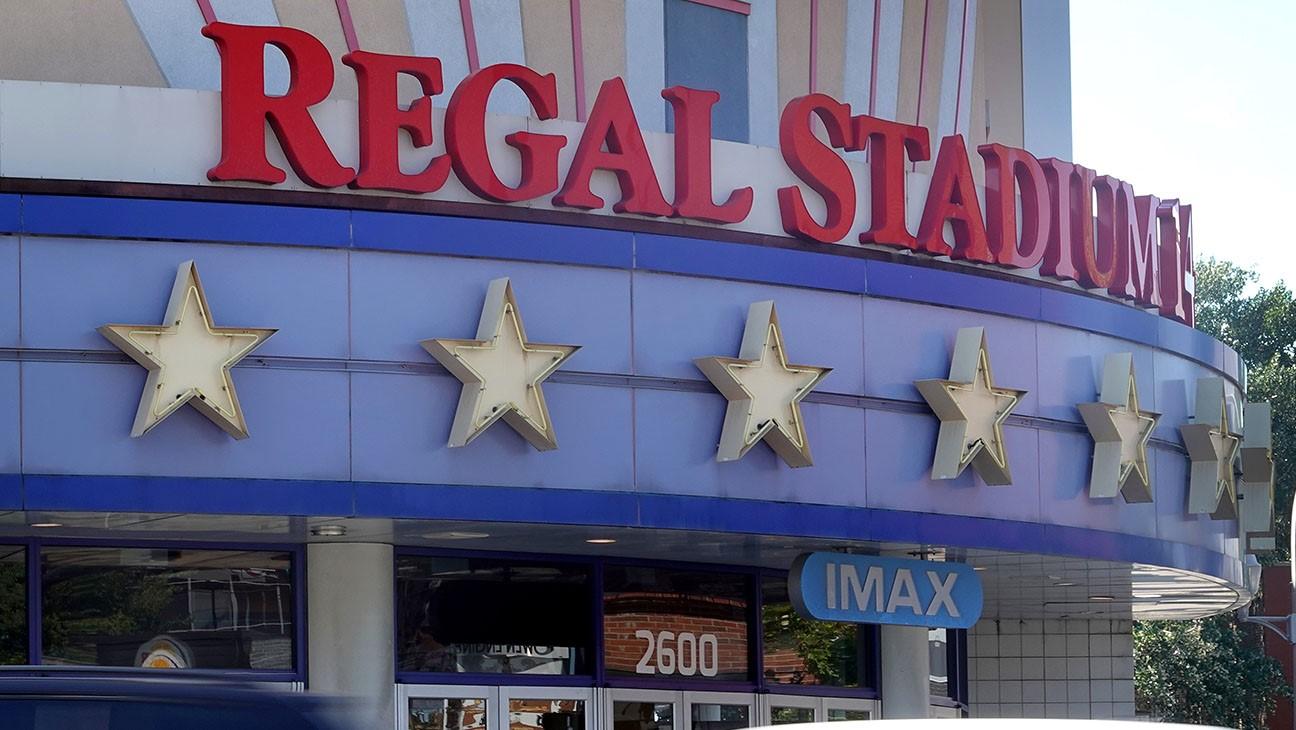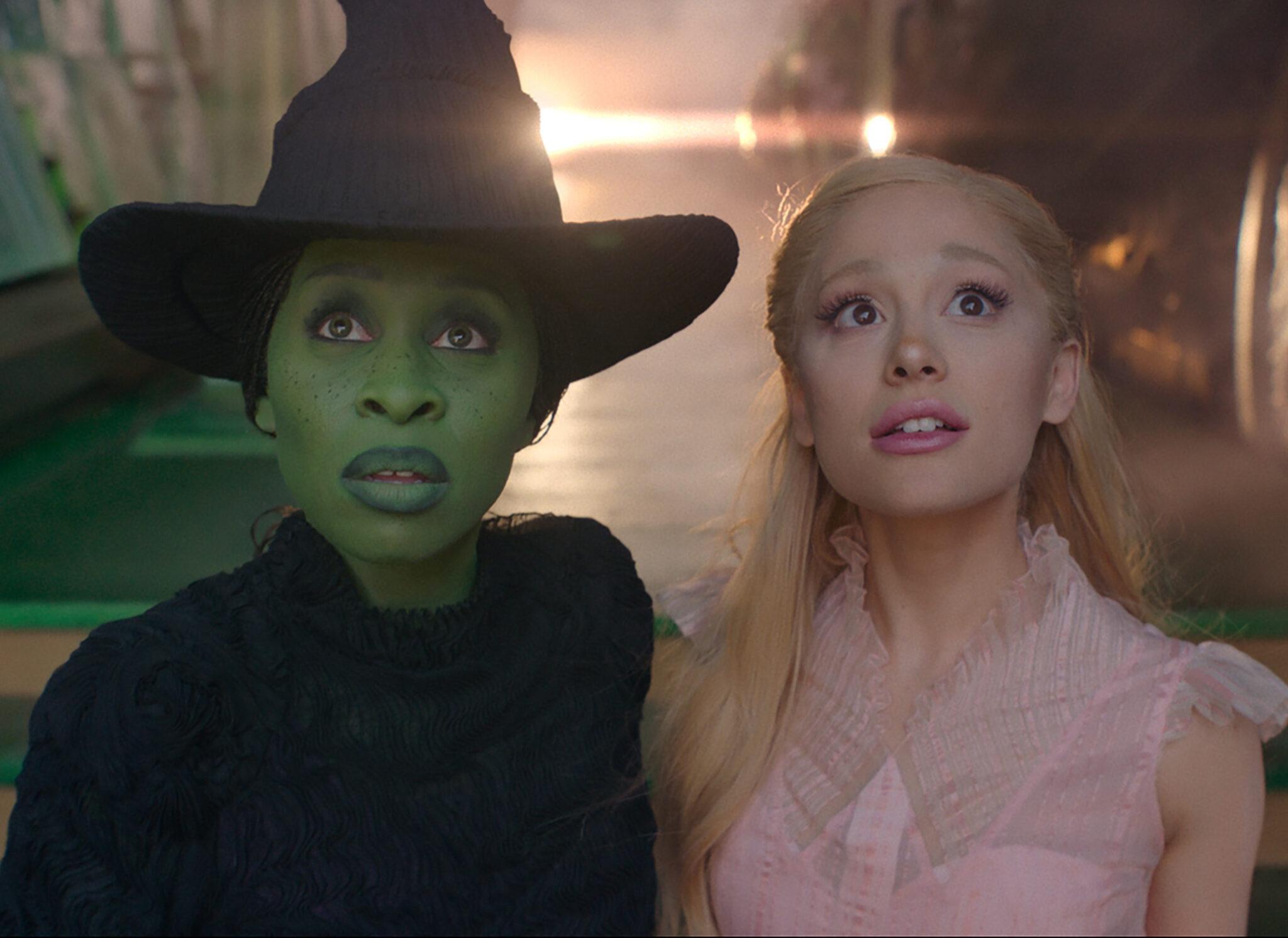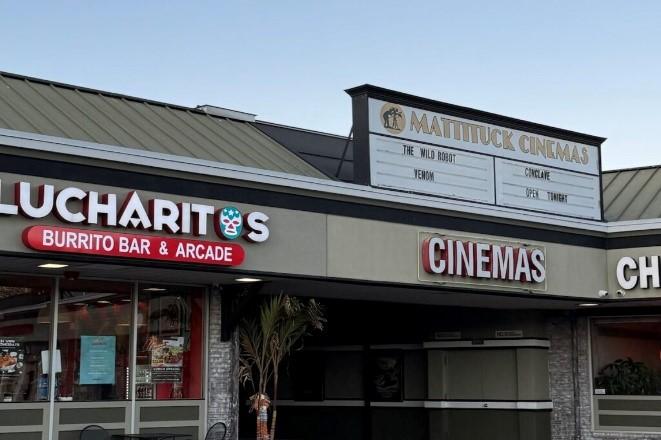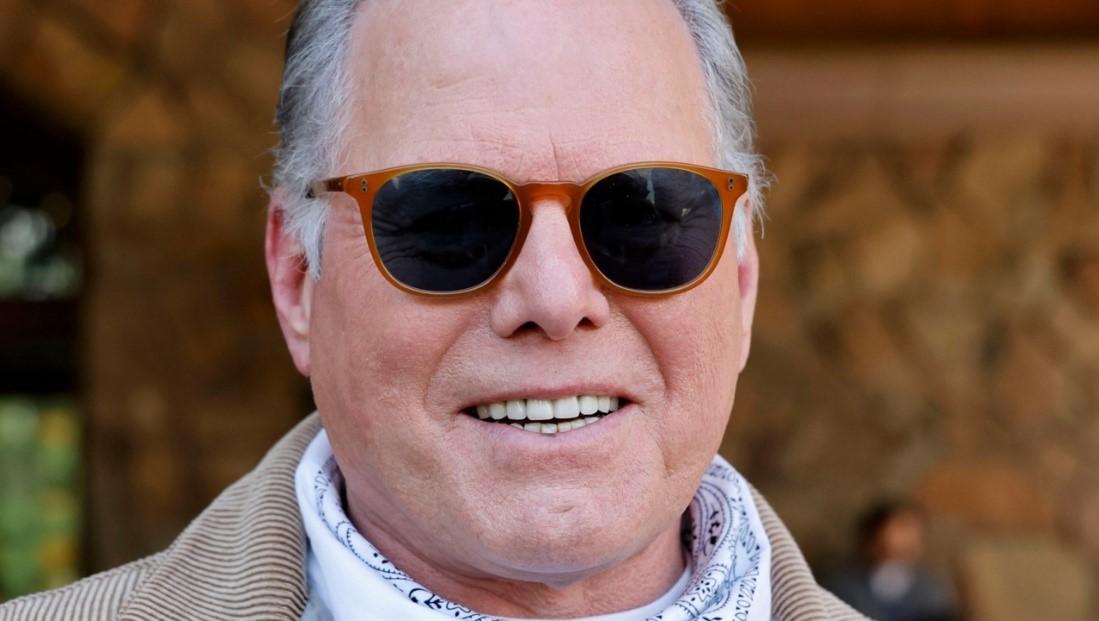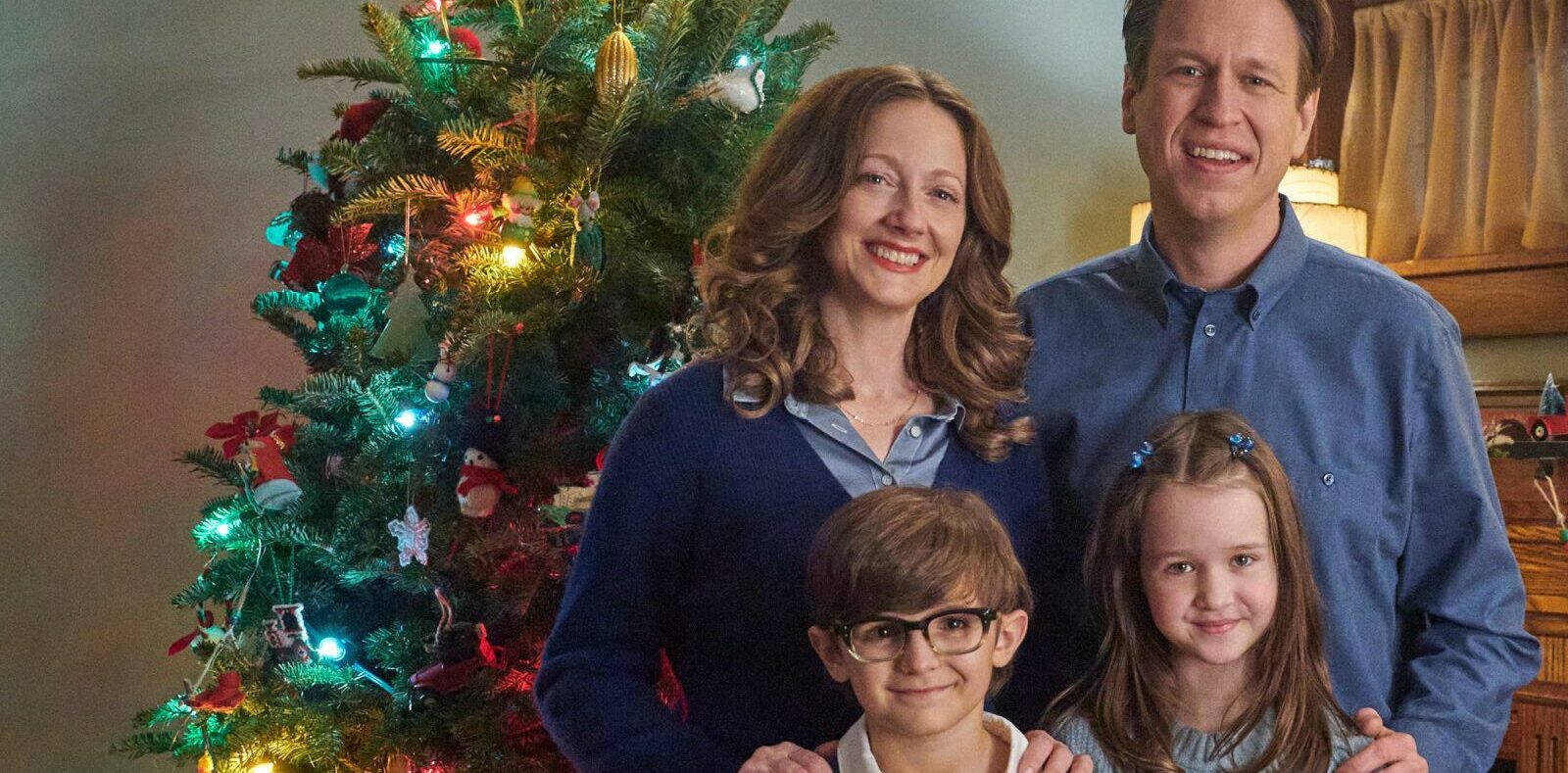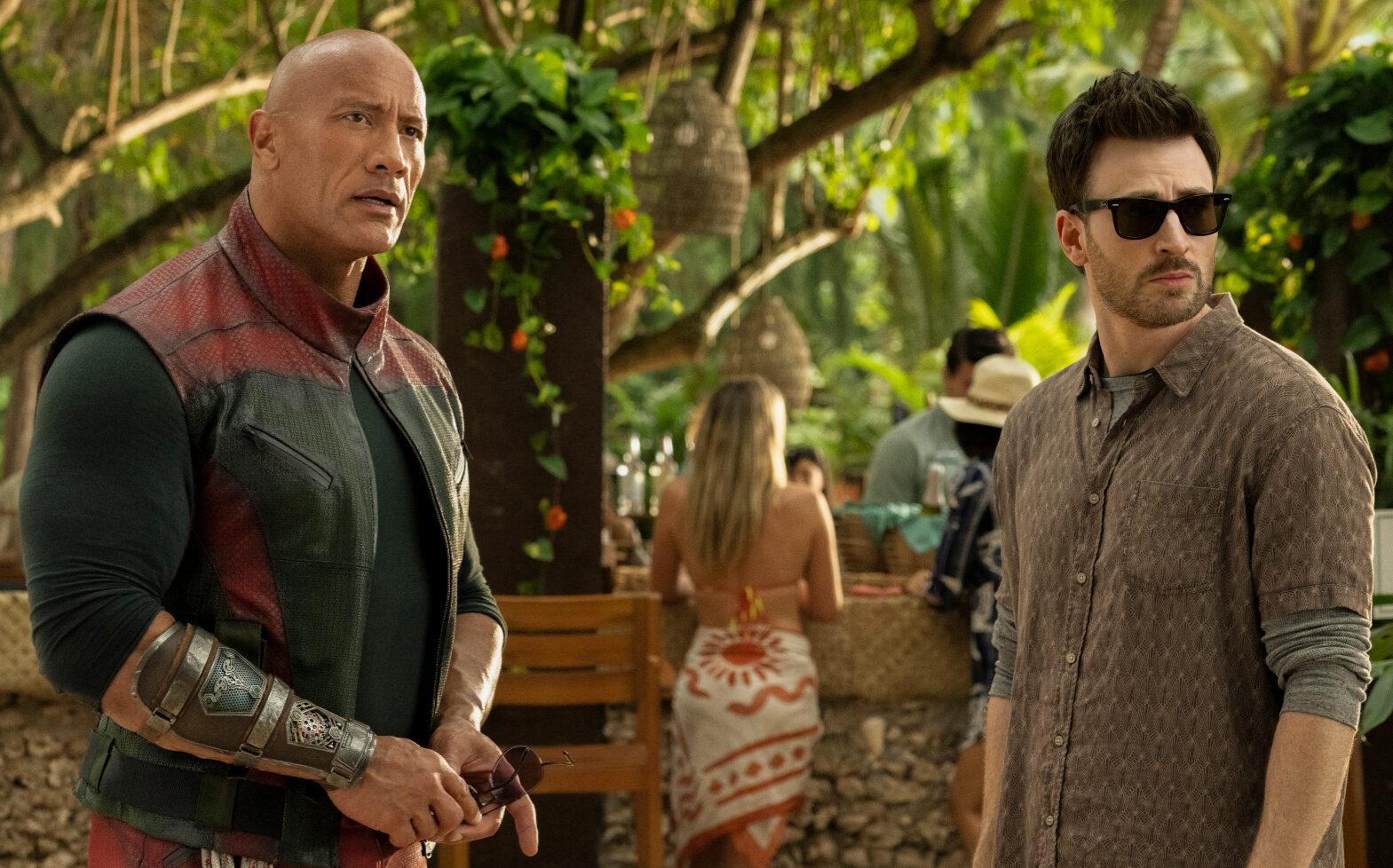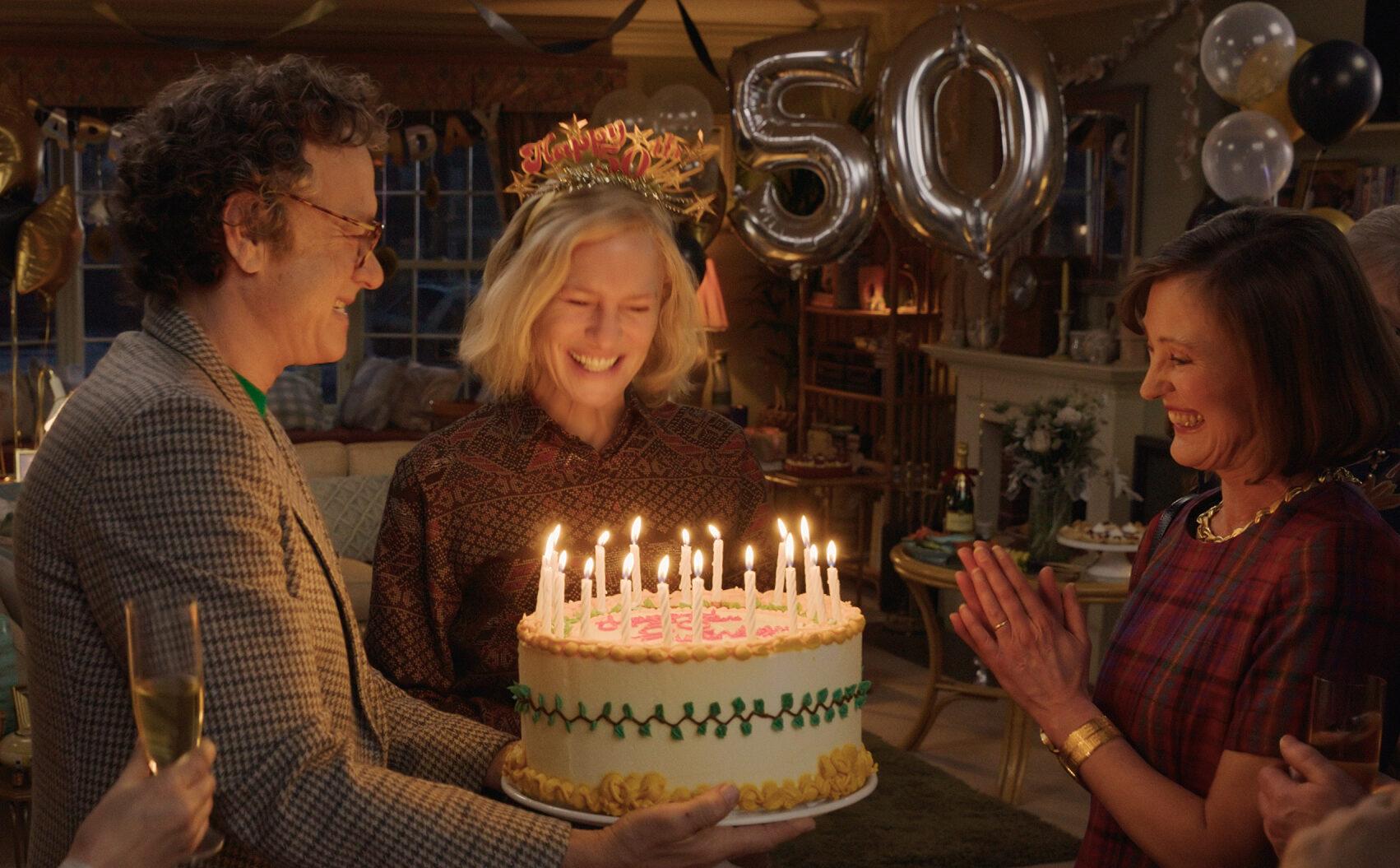VERDICT: Tim Burton’s energetically grotesque sequel proves you can go home again, even when that home is haunted.
While the track record of sequels in general — and sequels arriving more than 30 years after the original, specifically — is spotty at best, Beetlejuice Beetlejuice defies the odds, finding new avenues of gross-out humor while revisiting characters who have (and, in many ways, haven’t) changed in the ensuing decades.
Perhaps most miraculously, it represents Tim Burton getting his groove back, successfully returning to the dark comedy and outrageous visuals that marked his extraordinary early work; this sequel’s success feels particularly gratifying after the filmmaker failed to rediscover that magic in curdled exercises like Dark Shadows and Miss Peregrine’s Home for Peculiar Children.
Once a gloomy adolescent who could see dead people, Lydia Deetz (Winona Ryder) has become a TV sensation, turning her gift into the popular show Ghost House. She now has a teenage daughter of her own, Astrid (Jenna Ortega), who thinks her mom is a fraud and an embarrassment; she also resents the fact that the one ghost Lydia claims not to be able to contact is that of Astrid’s beloved father, who went missing while trying to preserve the Amazon rain forest.
He’s not the only dead one in the family; Beetlejuice Beetlejuice opens with Lydia’s stepmother Delia (Catherine O’Hara) learning of her husband’s death in a plane crash (and shark attack) — all portrayed via animation — so the three women (and Lydia’s ponytailed, sensitive-to-a-fault boyfriend Rory, played by Justin Theroux) return to host a wake at the house in Connecticut that kicked off the events of the first movie. (That house’s ghosts, played by Geena Davis and Alec Baldwin in 1988, have conveniently “moved on.”)
Meanwhile — both Beetlejuice movies have an astonishing amount of “meanwhile” — in the afterlife, demonic trickster and “bio-exorcist” Beetlejuice (Michael Keaton), still carries a torch for Lydia, the bride who got away. But he’s being pursued by a vengeful soul-sucker (Monica Bellucci) who’s out for revenge and has the power to “kill” the already-dead Beetlejuice.
On one level, neither the original film nor this double-named sequel should work; they’re both crowded with incidents plots, and characters while, at the same time, playing more like a series of sketches than a straightforward narrative. (No wonder the original Beetlejuice inspired both a Saturday morning cartoon and a Broadway musical.) Nonetheless, both features emerge as dizzying entertainments, calling to mind the anarchy of Olson and Johnson’s 1941 musical Hellzapoppin — a frantic collision of elements that, on paper, do not suggest coherence — rather than the traditional script structure of modern studio movies. (Burton’s Wednesday collaborators Alfred Gough and Miles Millar take over screenwriting duties this time.)
Working with many of his favorite craftspeople (including costumer Colleen Atwood, composer Danny Elfman, and a cavalcade of production designers, makeup artists, and visual-effects wizards), Burton both recaptures and expands beyond the aesthetic of the original, mixing the macabre and the cartoonish, and running the gamut from stop-motion animation to the most sophisticated CGI.
The devil is in the details here (incidentally, unlike the first film, Beetlejuice Beetlejuice posits the existence of heaven and hell) and those details are gorgeous, from the autumnal charm of the Connecticut town (it’s Halloween season, of course) to Atwood’s subtle flourishes on the many over-the-top outfits on display, particularly Theroux’s funeral tuxedo and Bellucci’s the-bride-wore-black wedding gown.
Keaton’s Beetlejuice remains a creature of pure id and well-timed one-liners, and that’s as it should be. On the other hand, the characters played by Ryder and O’Hara have been given the chance to grow and evolve; the fact that Astrid currently has such a prickly relationship with Lydia allows Lydia and Delia to bond over their own complicated familial past.
Of the new additions to the cast, Ortega creates a teen who’s less performatively Goth than Ryder in the first movie but just as deadpan. Bellucci isn’t given much to do, although she’s introduced in a sequence where her character staples parts of her body together, and the stitched-up results call to mind Michelle Pfeiffer’s iconic Catwoman suit in Burton’s Batman Returns. Dafoe has a ball playing a hammy action-movie star who gets to be a cop in the afterlife; he’s always being handed paper cups of coffee by his devoted assistant so that he can crumple them up dramatically.
Beetlejuice offers a satisfying reunion with memorable characters, gags that fly out in all directions like a colony of startled bats (even if the Italian audience at the Venice Film Festival world premiere didn’t seem to get the Soul Train references), and the kind of wild, weird visuals that recall Burton’s years as a brash young risk-taker. It’s the best kind of resurrection.

